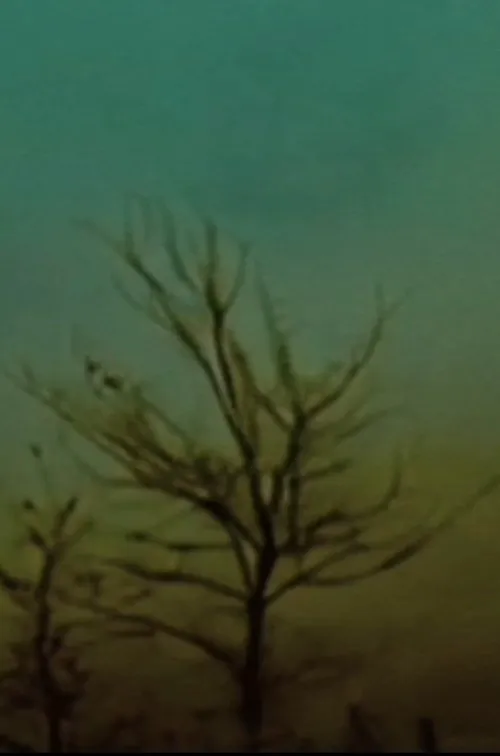ONCE UPON A LOO

Plot
Once Upon a Loo is a thought-provoking cinematic masterpiece that challenges conventional narrative structures and invites viewers to immerse themselves in the abstract realms of the human psyche. On the surface, the film appears to be a minimalist exploration of an old Indian bathroom, where a man embarks on a mundane routine. However, as the camera pans and glides through the confined space, it becomes clear that directorial intent transcends the quotidian, veering into the realms of the metaphysical. The story begins on a somber note, with the protagonist entering the bathroom, a dimly lit, isolated chamber that exudes an air of desolation. The camera focuses on the man's every move, every gesture a testament to the mechanical nature of his existence. The sound design further amplifies the sense of monotony, with the steady drip of the faucet serving as a relentless tempo to underscore the futility of the protagonist's daily routine. As the protagonist begins his ablutions, the camera starts to capture his body from various angles, emphasizing the physicality of the human form. However, this is not merely an exercise in cinematic realism; the framing and lighting subtly hint at the protagonist's detachment from his bodily presence. His limbs appear to be mere appendages, disconnected from the rest of his being. The first sign of disruption occurs when glitches begin to spark on the walls, floor, and even the protagonist's skin. These brief, unsettling images serve as a metaphor for the chaos that lies just beneath the surface of the mundane. Water, which in most contexts is a source of refreshment and rejuvenation, here assumes a more menacing quality, threatening to engulf the protagonist, symbolizing the crushing force of the universe. As the protagonist continues his routine, his body starts to fade, blending seamlessly into the surrounding environment. This fluid transition is both visually striking and philosophically profound, conveying the notion that the boundaries between self and space are permeable. The camera, often disorienting the viewer with its unconventional perspectives, further reinforces this theme, dissolving the protagonist's physical form into the static, a state of limbo where time and space converge. The static that envelops the protagonist is more than a visual effect; it represents a collapse of narrative, a rejection of the linear progression that underpins most cinematic storytelling. The audience is presented with a state of pure being, a realm where the past, present, and future coexist in a timeless, spatial infinity. This is the realm of the metaphysical, a dimension where the laws of physics no longer apply. Throughout the film, there is no discernible narrative drive, no clear resolution, and no character development in the classical sense. The story is an exercise in abstraction, inviting viewers to surrender to the fluid dynamics of the human psyche. As the protagonist dissolves into the static, the audience is left to ponder the nature of existence, the fragile boundary between the mundane and the metaphysical. Once Upon a Loo eschews conventional narrative structures in favor of a more intuitive, experiential approach. It is a cinematic odyssey that challenges viewers to rethink the relationship between self and environment, to question the notion of reality, and to confront the void that lies at the heart of human existence. By blurring the lines between the abstract and the concrete, the film opens itself up to multiple interpretations, each a reflection of the viewer's unique perspective. Ultimately, Once Upon a Loo is a film that resists definition, a cinematic enigma that resists analysis. It is an experience, a journey into the depths of the human psyche, a meditation on the fragility of the self in the face of the unknowable universe. Like any true work of art, it defies classification, challenging the viewer to confront the depths of their own understanding.
Reviews
Recommendations


